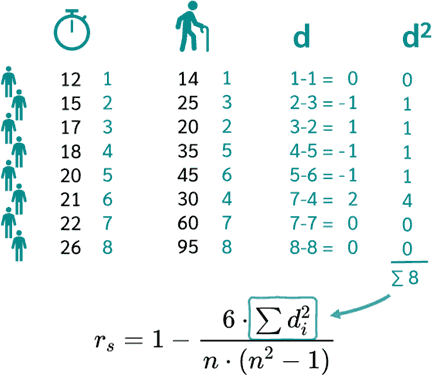Kruskal-Wallis Test vs Friedman's ANOVA Test
Kruskal-Wallis Test vs Friedman's ANOVA Test
Kruskal-Wallis Test
• Compares the medians of two or more independent groups.
• Non-parametric, does not require normality assumption.
• Can be used with ordinal or continuous data.
• Robust to outliers.
Friedman's ANOVA Test
• Compares the medians of multiple related samples.
• Non-parametric, does not require normality assumption.
• Can be used with ordinal or continuous data.
• Robust to outliers.
Key Differences:
• Independence of samples: Kruskal-Wallis test is used for independent samples, while Friedman's ANOVA test is used for related samples.
• Number of groups: Kruskal-Wallis test can be used for two or more groups, while Friedman's ANOVA test is specifically designed for three or more groups.
Which test to use:
• If you have independent samples and want to compare their medians, use the Kruskal-Wallis test.
• If you have related samples and want to compare their medians, use Friedman's ANOVA test.
Example:
• Kruskal-Wallis test: Comparing the median incomes of three different cities.
• Friedman's ANOVA test: Comparing the median test scores of students on three different versions of a test.
Note: Both tests are non-parametric and robust to outliers, making them useful for analyzing data that does not meet the assumptions of parametric tests like the one-way ANOVA.




Comments
Post a Comment